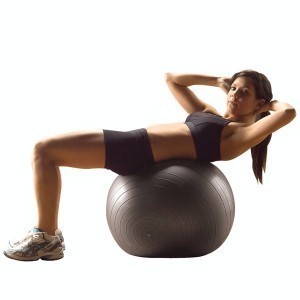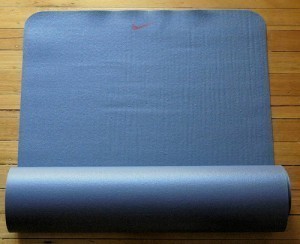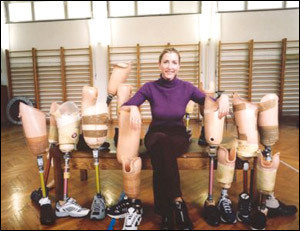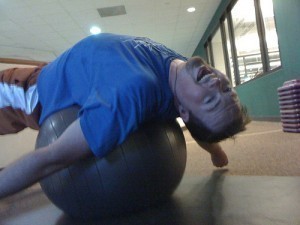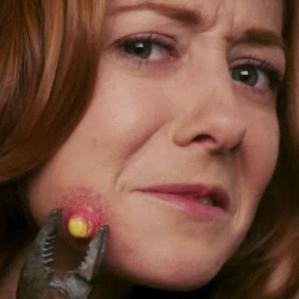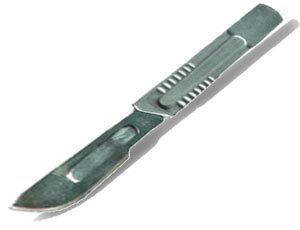How Big are Head Lice?
Head lice can infect both kids and adults and are a common 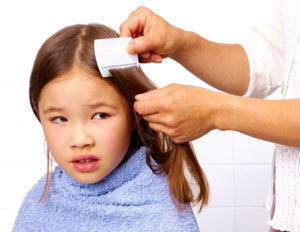 occurrence in any part of the world. However, this is more common amongst children especially during school season since one infected child in a classroom can already infect others in the classroom as well.
occurrence in any part of the world. However, this is more common amongst children especially during school season since one infected child in a classroom can already infect others in the classroom as well.
A head louse attaches itself on the hair, particularly behind the ear. Since these can spread rapidly from the host to another person, and they can also increase in numbers quite as rapidly; it is of utmost importance that this problem is addressed immediately.
How Big are Head Lice?
A mature head louse is only around 1/8-inch long and has usually a dark brown or dark gray color. Adult lice have a lifespan of about forty days, more than enough time to keep reproducing. Without a host however, these lice can only last up to 2 days.
The nits on the other hand are about 1/16-inch long and can normally be found attached to the hair close to the scalp.
A female louse can lay up to 7 eggs a day and if their approximate lifespan is about forty days, the eggs could reach up to one hundred if left untreated.
Symptoms
As with any lice infestation, the most common symptom for head lice infection is itching of the affected area. Since the head lice feed on blood, the aftermath of sucking is usually bumps on the head as well.
These bumps may develop into sores particularly if the child starts to scratch the bumps.
Once itching starts examination of the head area is important. What you may immediately notice if there is lice infestation, are the nits as these are typically white in color and can be seen close to the scalp area.
How the Lice are Spread
Coming into close contact with a person infected with head lice is the fastest way to get infected as well. Using clothes, lying in the same bed and using the same sheets or pillows of a person infected with head lice are also several other ways to get the head lice passed on from the host to others.
Treating Head Lice
For head lice, the most common treatments are shampoos mixed with active ingredients that kill head lice. Since these ingredients may be too strong, it is highly advised that the shampoos are used according to specific instructions.
It is likewise very important to keep these shampoos away from the eye during application. If the shampoo gets in the eye, there are instructions usually included in the package on how to prevent further eye irritation.
